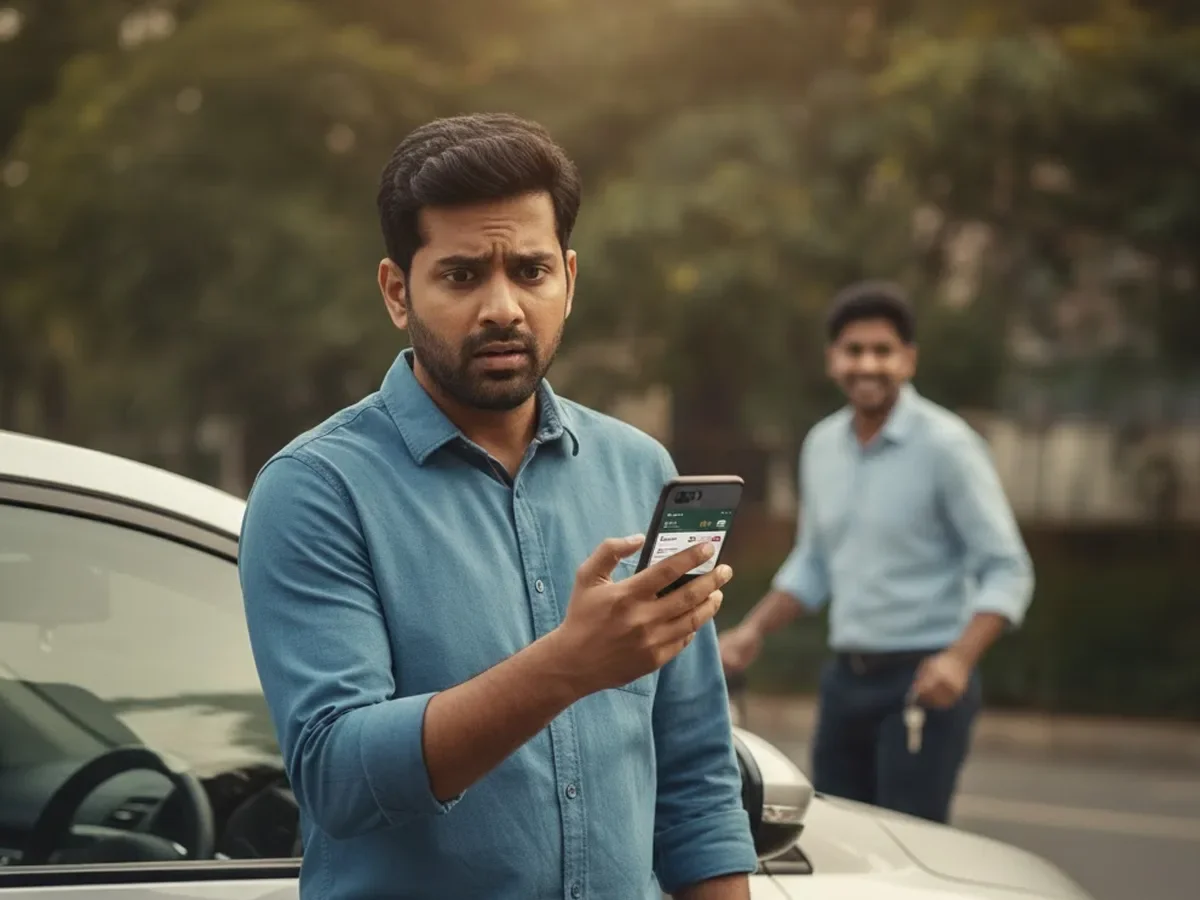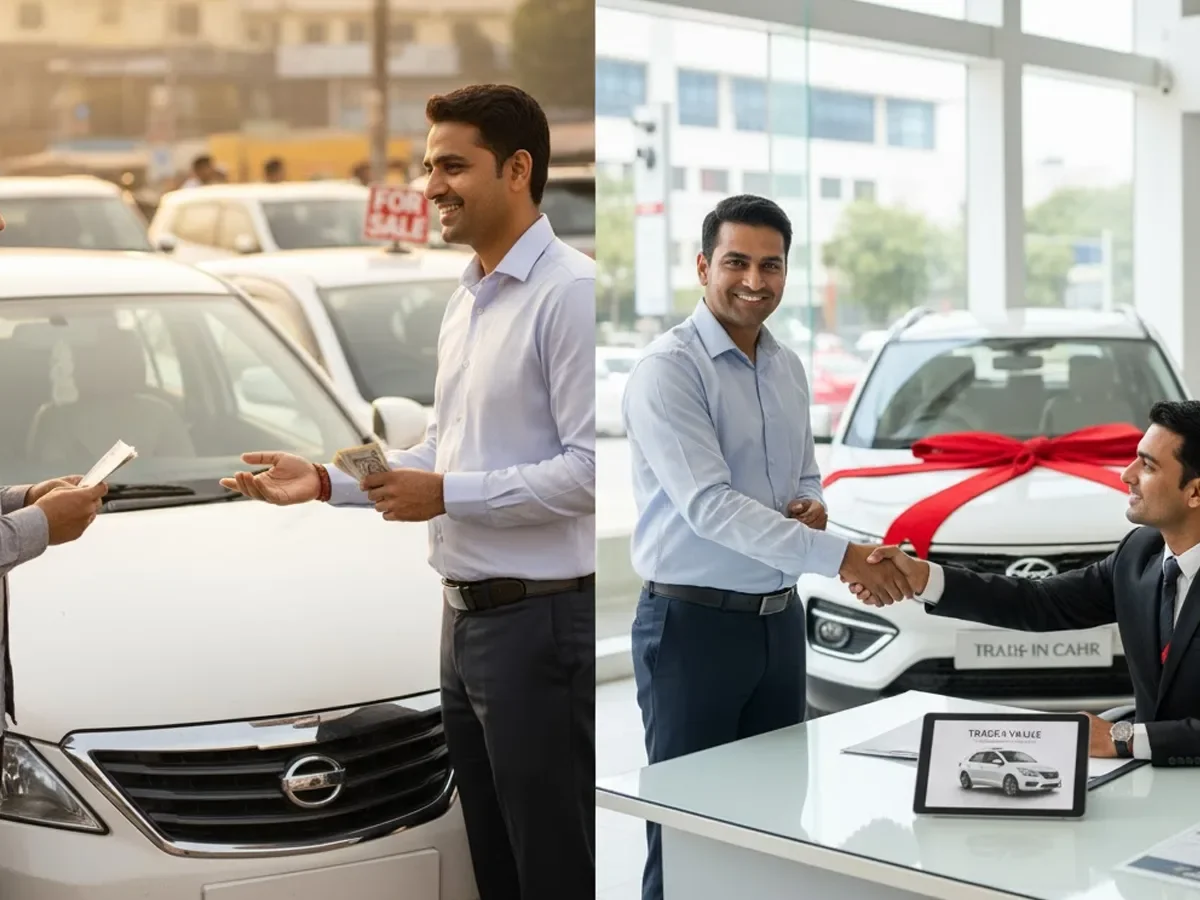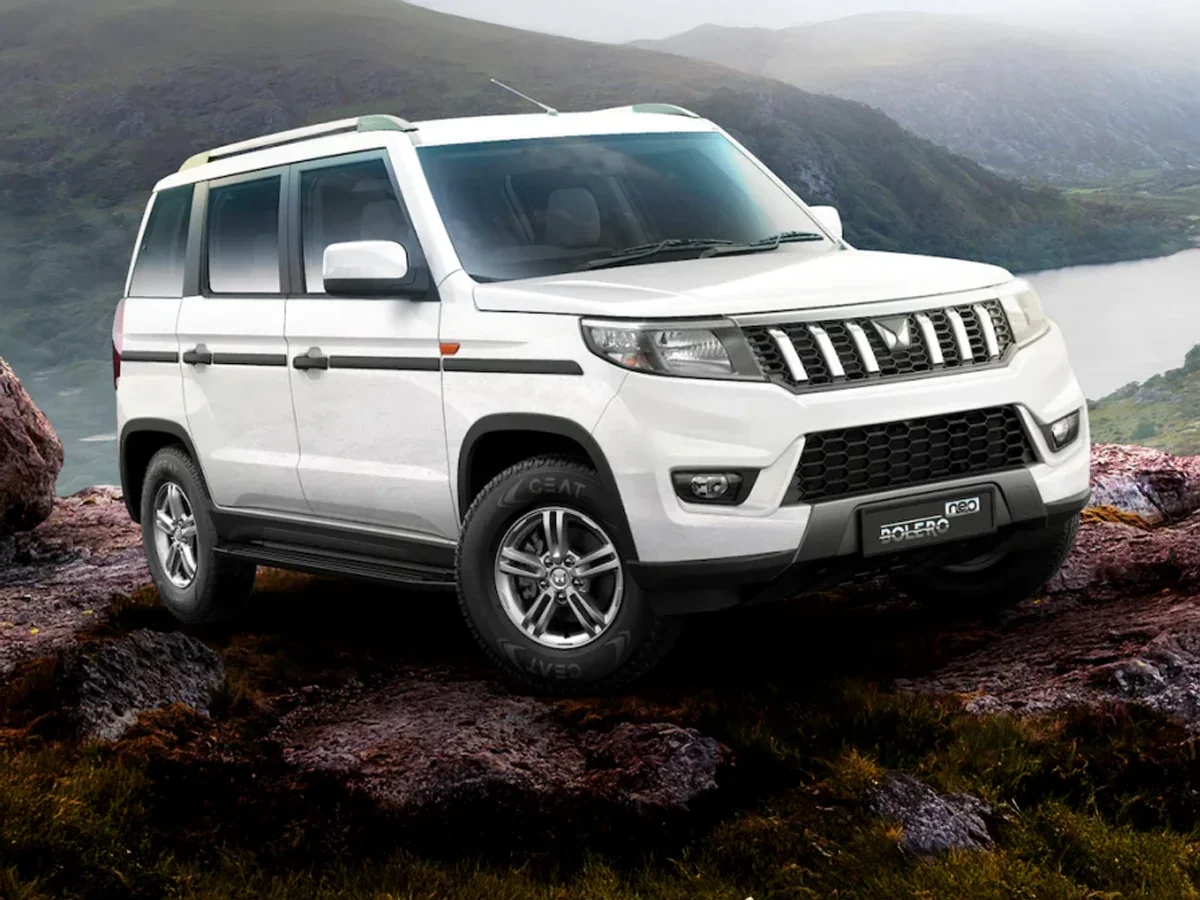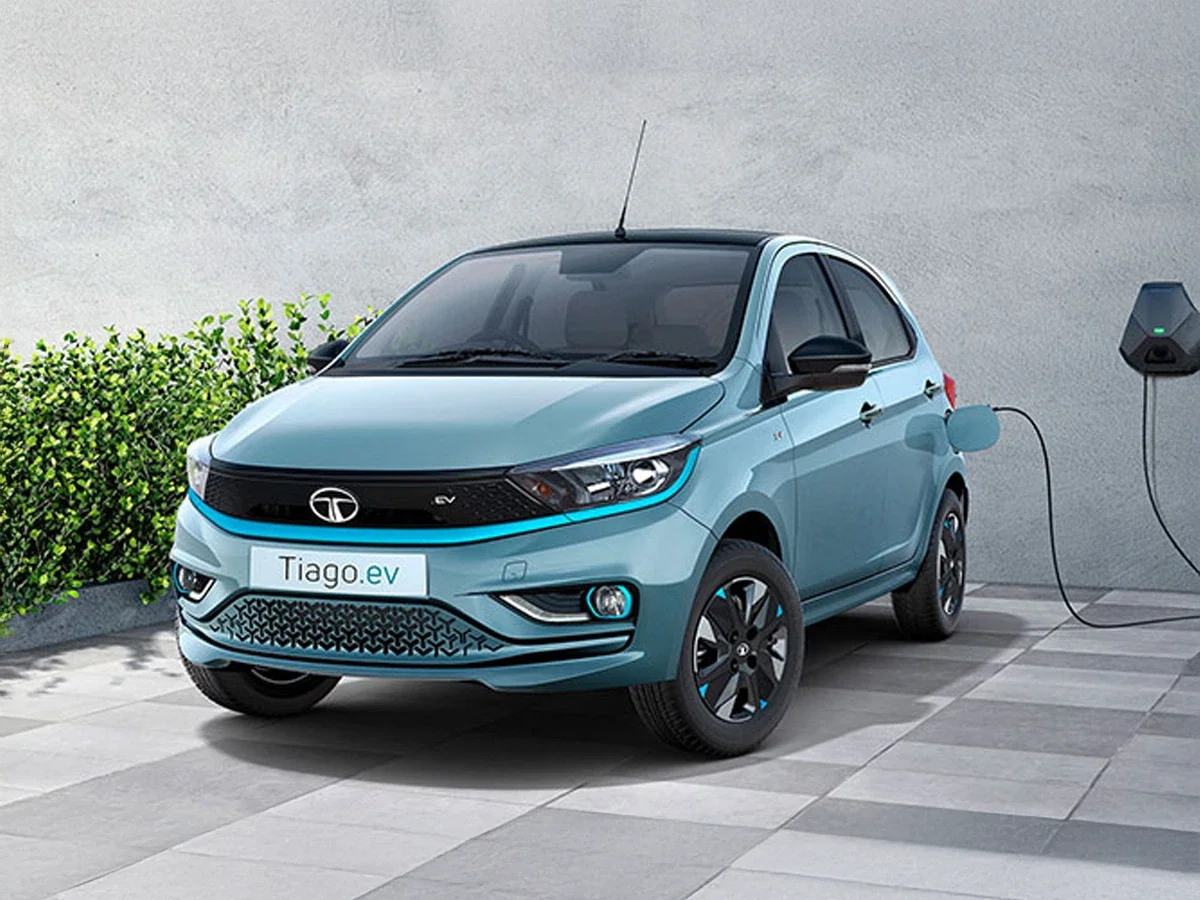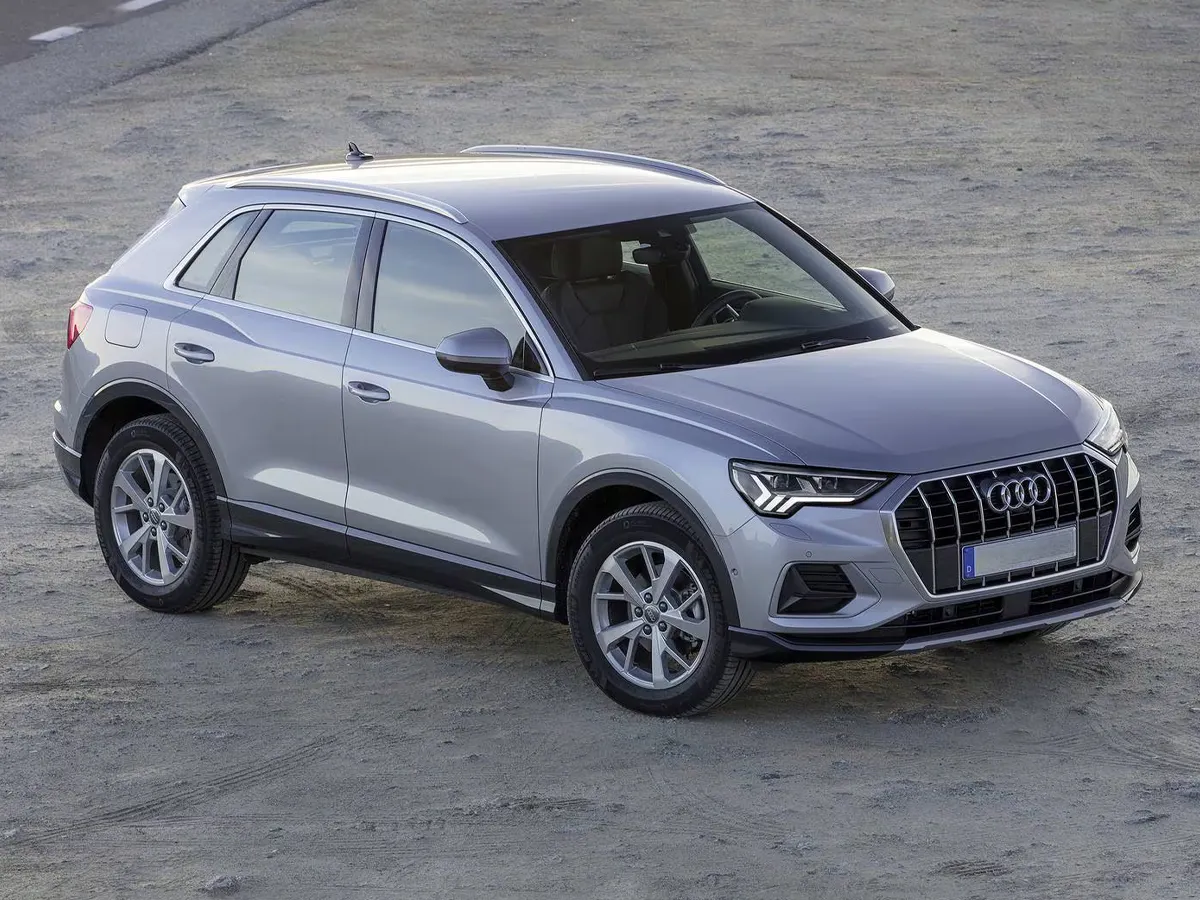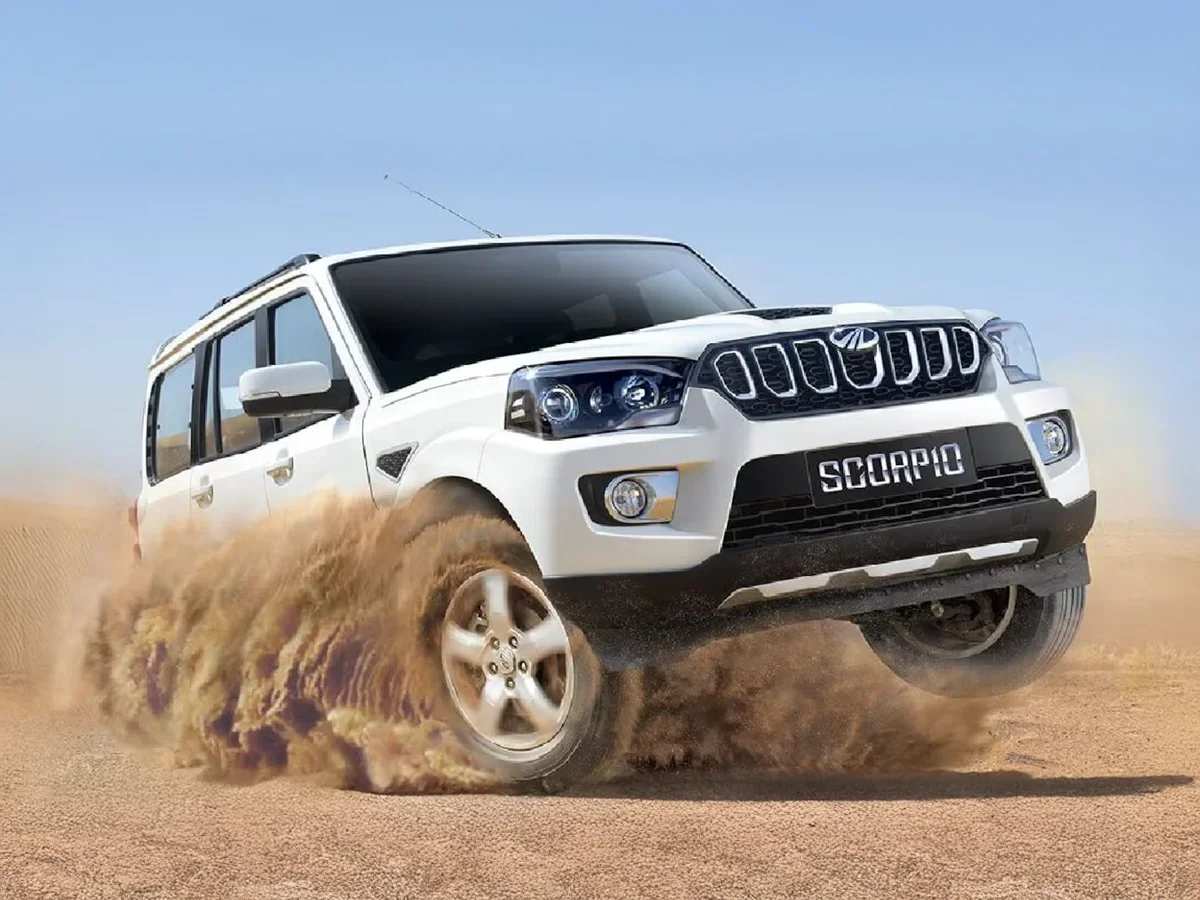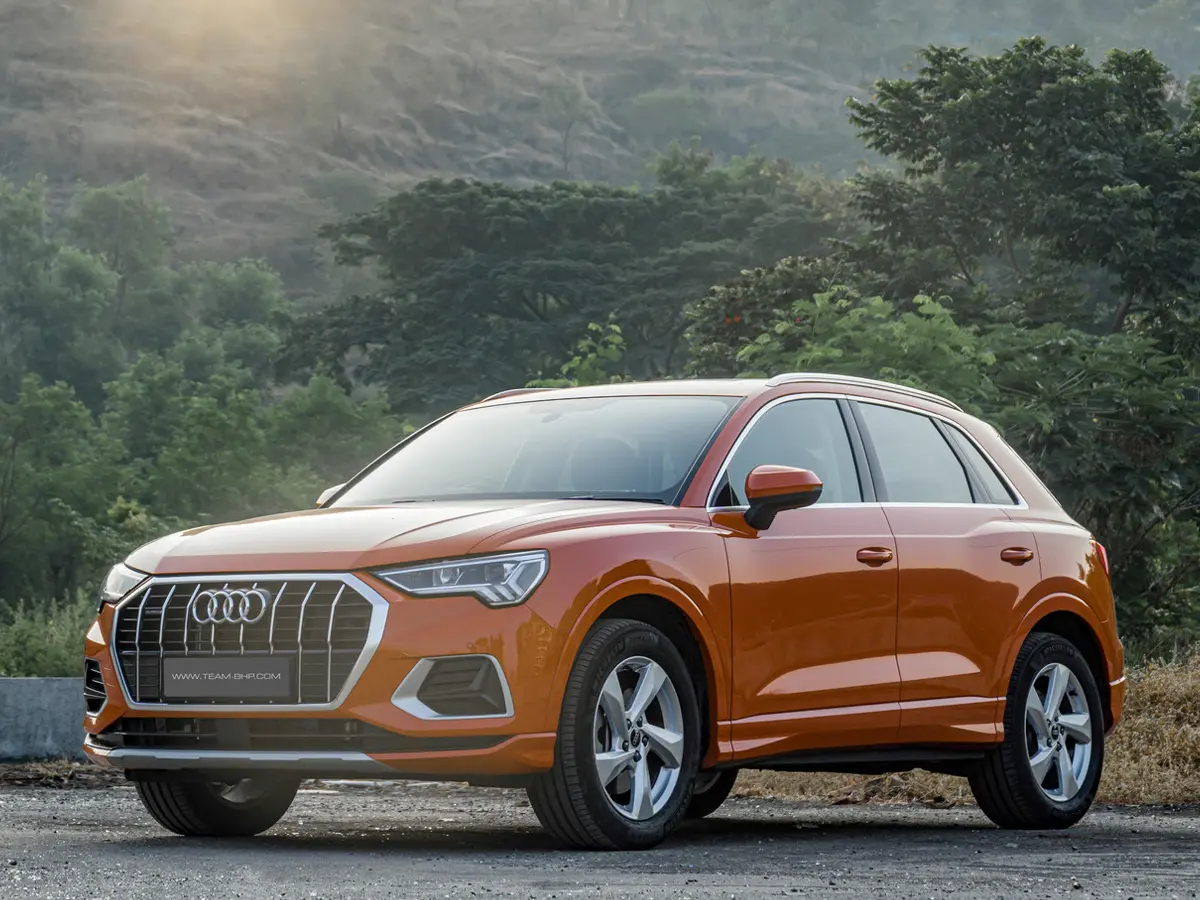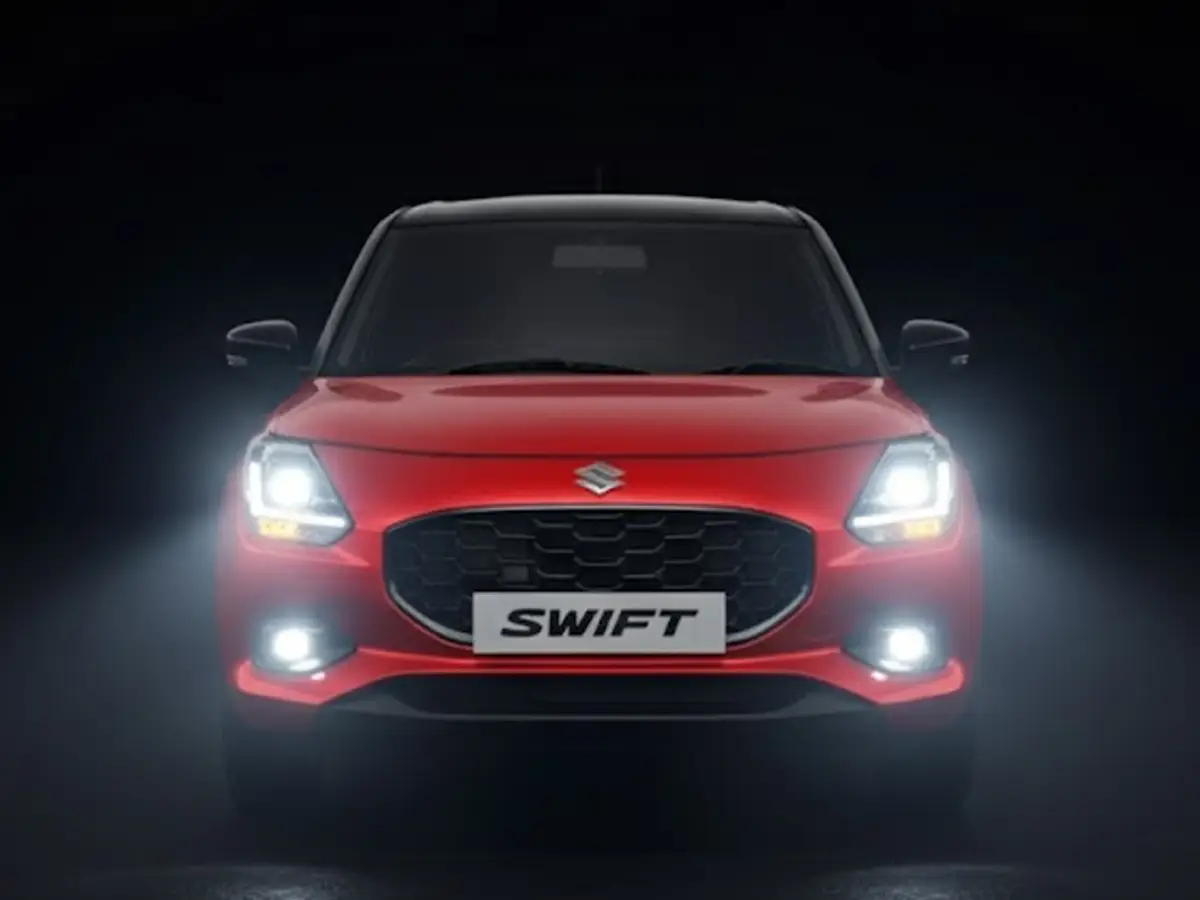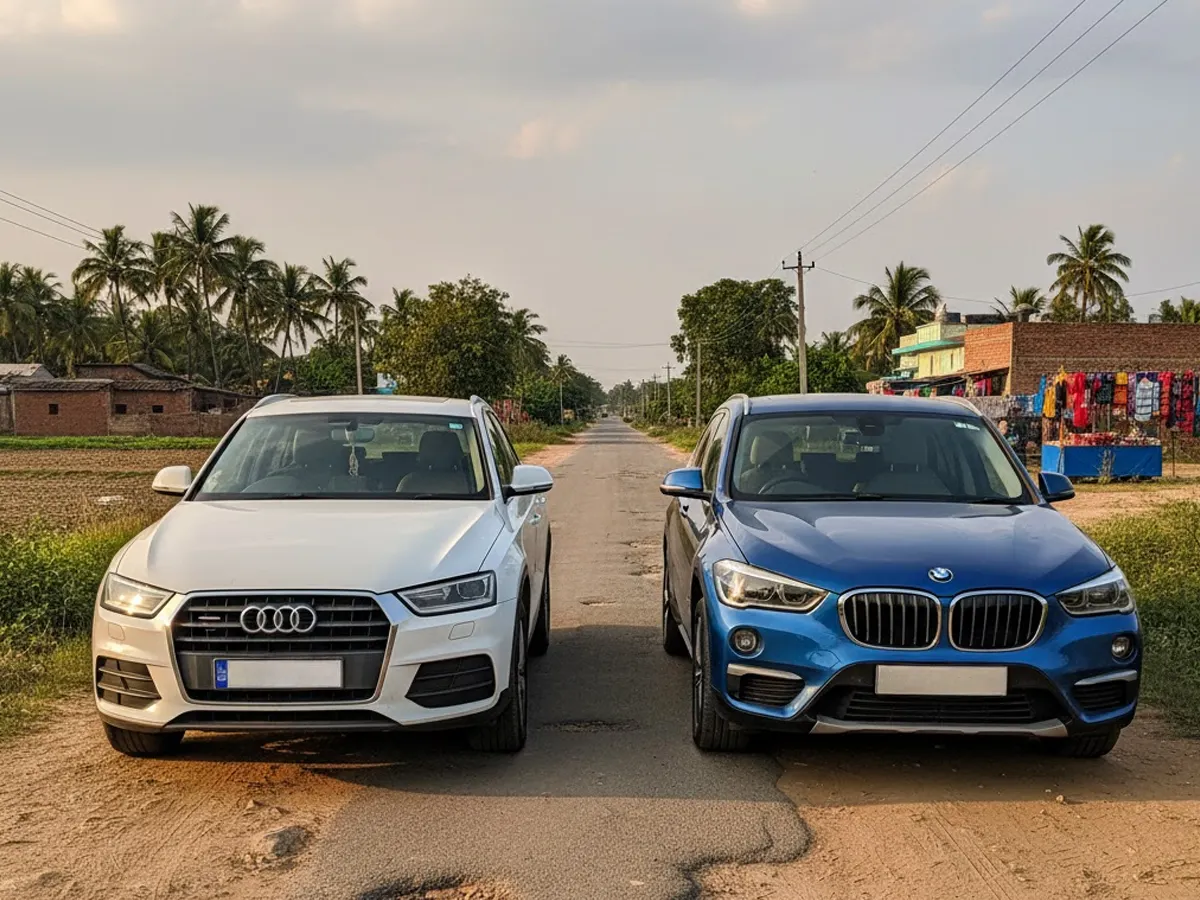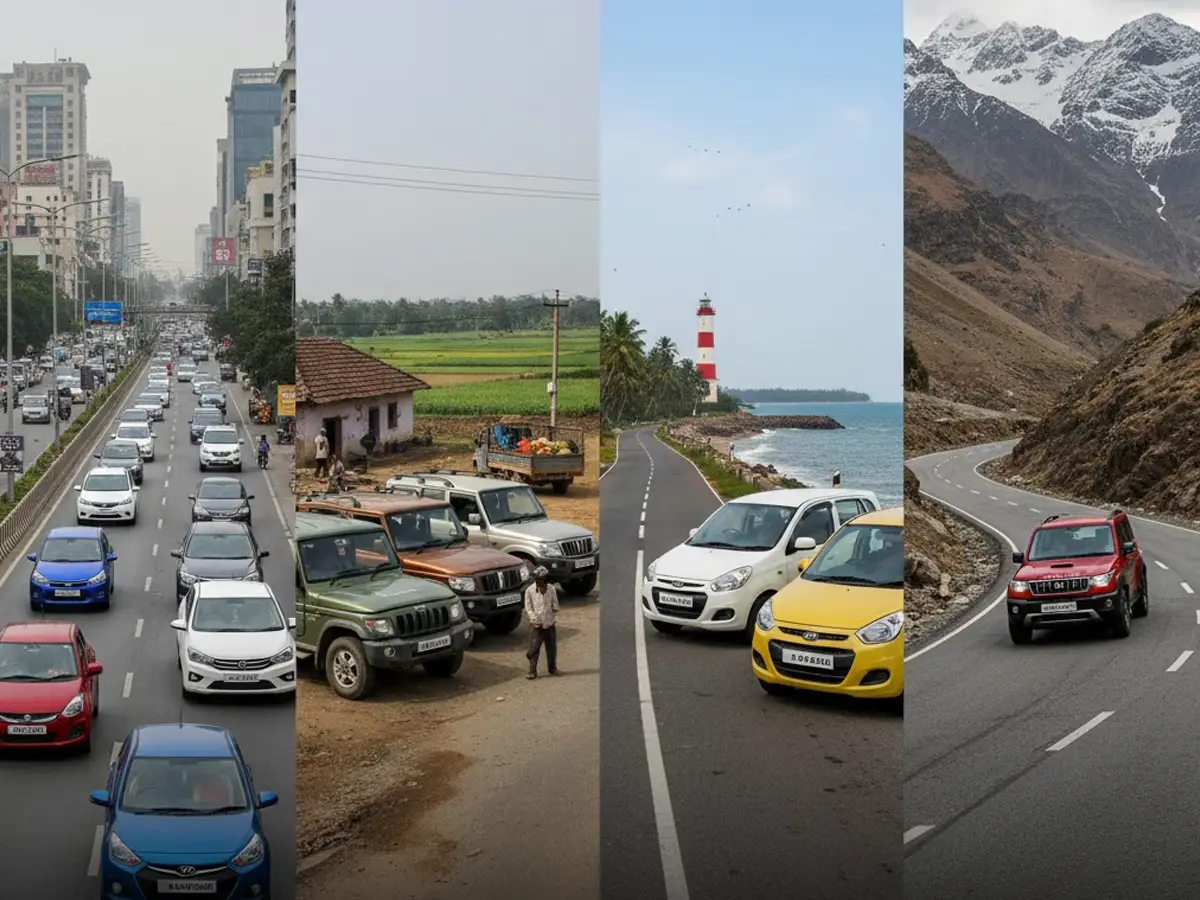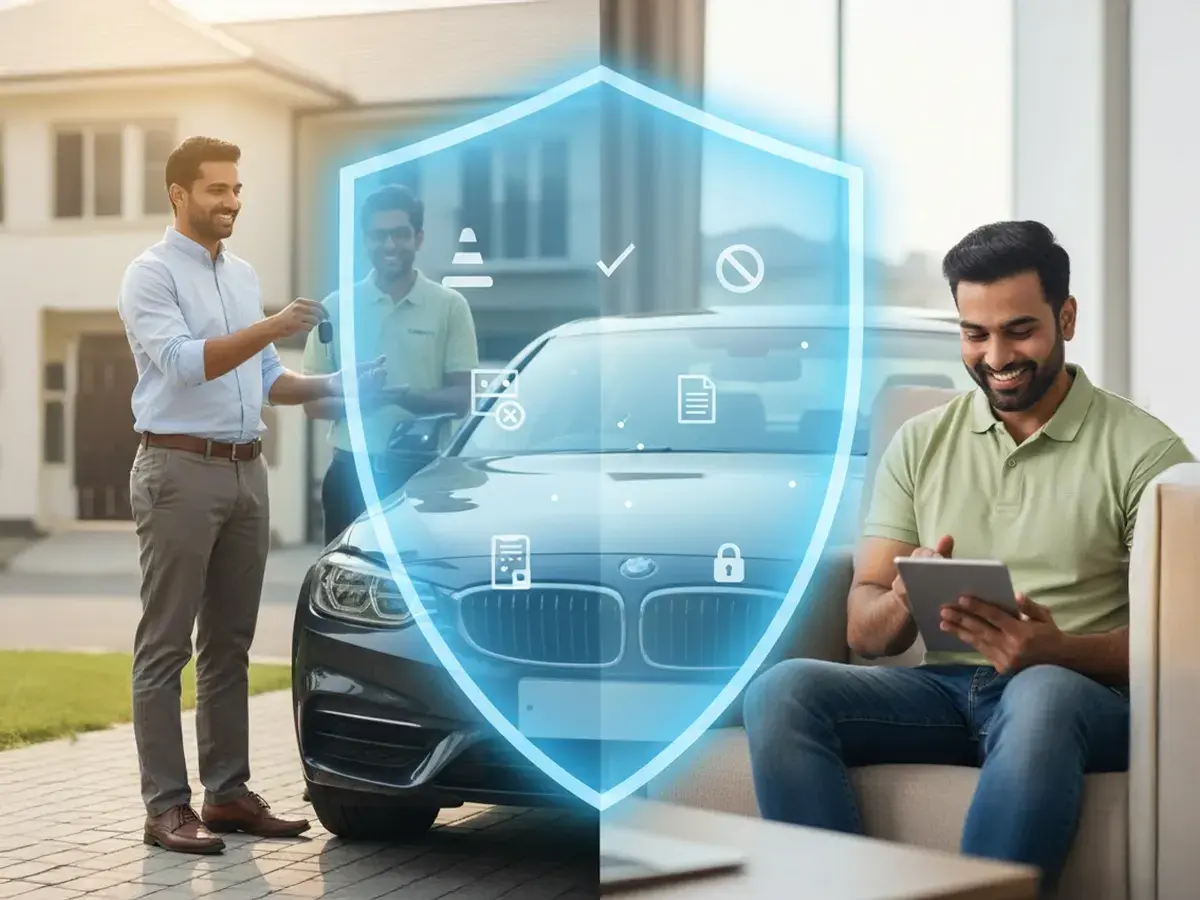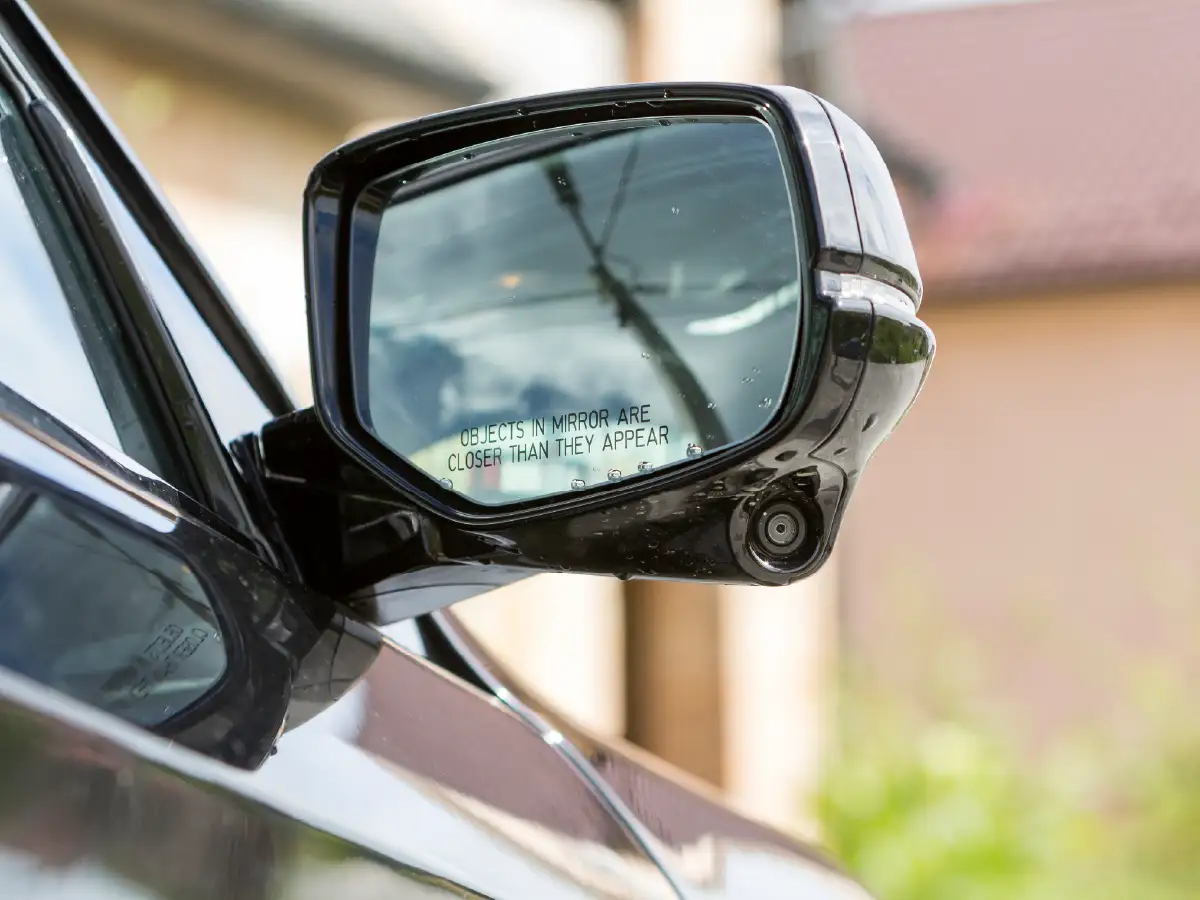

How 360-Degree Camera Systems Are Changing Car Safety in India
- 1A 360 degree camera improves parking and driving safety in tight Indian roads
- 2A car camera gives full surround view to eliminate blind spots easily
- 3Installing a 360 degree camera makes navigating congested traffic more confident
- What is a 360 Degree Camera in a Car?
- How a 360 Degree Camera Works?
- Why Indian Roads Need 360 Degree Cameras?
- Which Cars in India Offer a 360 Degree Camera?
- Can You Install a 360 Degree Camera in an Older Car?
- Difference Between a Reversing Camera and a 360 Degree Camera
- Safety Benefits of a 360 Degree Camera
- Limitations of 360 Degree Camera Systems
- Future of 360 Degree Cameras in Indian Cars
- Conclusion
If you’ve ever tried parking in a crowded Indian market or reversing out of a narrow lane, you’ll know how tough it can be. Even experienced drivers end up with dents or near misses. That’s where a 360 degree camera can make a big difference. This simple but smart technology gives you a bird’s-eye view of your car’s surroundings and helps you avoid those blind-spot surprises.
In the last few years, carmakers have started offering 360 degree cameras even in mid-range cars. Earlier, it was limited to luxury vehicles, but now you’ll find it in compact SUVs, sedans, and even hatchbacks. If you’re thinking of buying a new car, or buying a used car and adding it aftermarket, understanding how a 360 degree car camera works can help you make a smart, safe choice. In this article, we will run through everything you need to know about 360-degree camera systems, how they function, and how they lend a helping hand in everyday driving situations.
What is a 360 Degree Camera in a Car?
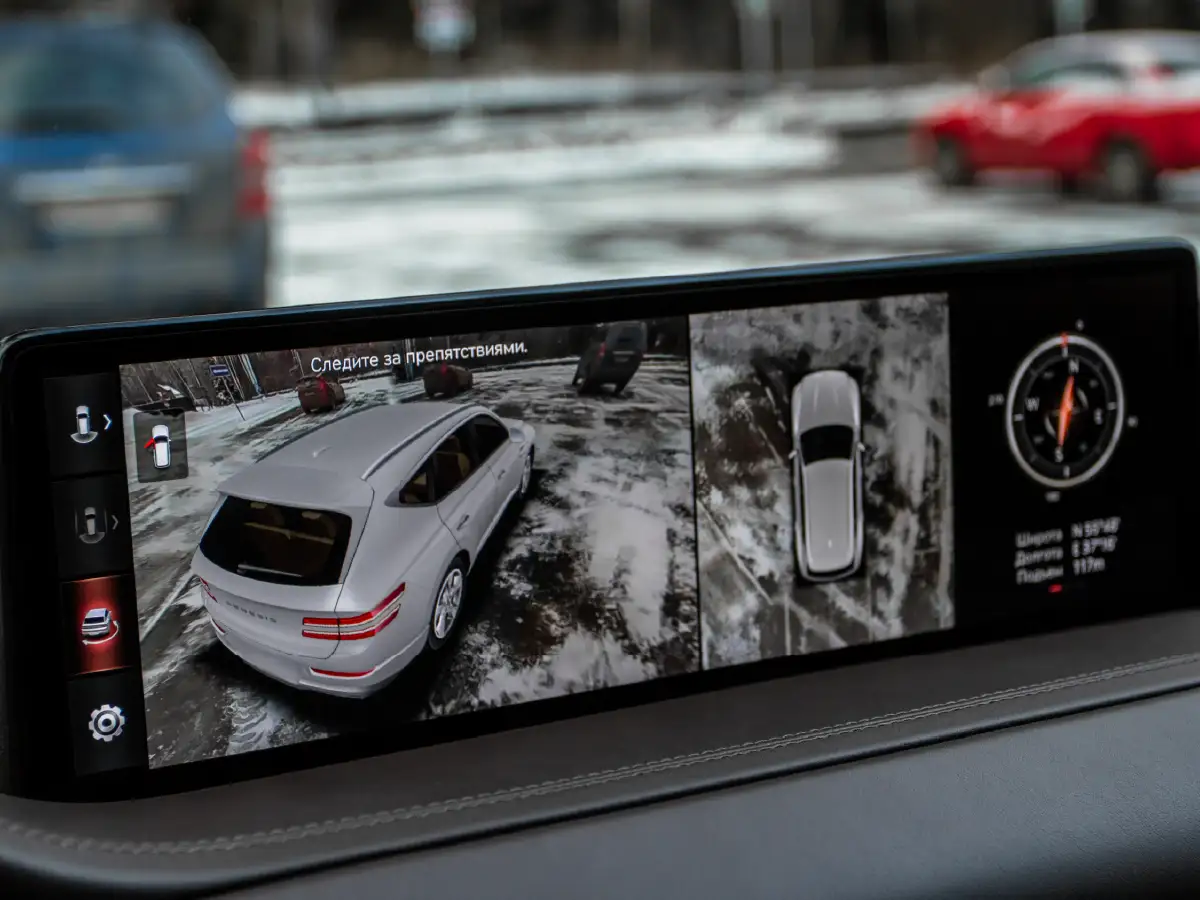
A 360 degree camera is a set of multiple wide-angle cameras placed around a car, usually at the front, rear, and under the side mirrors. These cameras feed live video to a screen inside the cabin, showing you a full top-down view of the car’s surroundings. This system is also called a surround-view monitor or bird’s-eye view system. It’s important to keep in mind that 360 degree cameras are different from dashboard cameras.
The 360-degree cameras work together using software to stitch the images into a seamless video. When you reverse or turn at low speeds, the screen shows obstacles that are often hidden from mirrors or even parking sensors. For Indian road conditions, where two-wheelers, stray dogs, and potholes appear out of nowhere, this car camera setup is a game-changer.
Many drivers rely only on mirrors or guesswork, which leads to scratches and accidents. The 360 degree camera removes the guesswork. You get real-time visuals of all four sides, which boosts your confidence, especially while parking or navigating tight gaps.
How a 360 Degree Camera Works?
Each camera in a 360-degree camera system captures a wide-angle view. These cameras usually record in fish-eye format to cover as much space as possible. The real magic happens in the software. It flattens and stitches the images to make them look like they are being recorded from above.
The system then shows a full view of your car and its surroundings. Depending on the vehicle, it may also let you zoom in on one angle, like just the rear or the left side, so you can check how close you are to an obstacle. Most cars automatically activate the 360 degree camera when you put the car in reverse gear. Some allow manual control too.
What’s great is that the system works without requiring constant driver input. You simply look at the infotainment screen and use the visuals to steer. It’s almost like having a drone hovering over your car, guiding your every move. In Indian cities, where space is tight and driving is chaotic, that’s a big advantage.
Why Indian Roads Need 360 Degree Cameras?
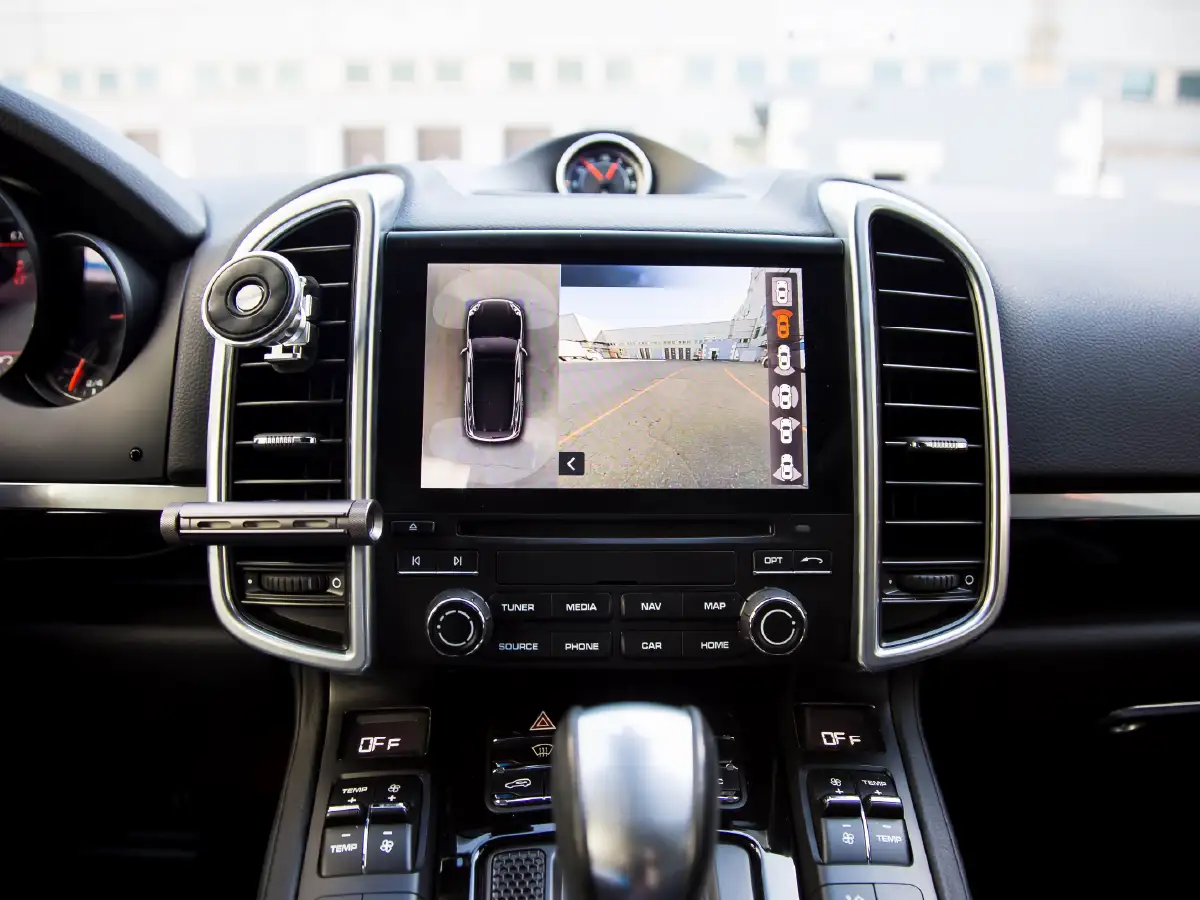
Driving in India is full of surprises. A cycle can appear from your blind spot, or a dog might suddenly cross the road. And parking often means squeezing into a spot just big enough for your car. In such conditions, a 360-degree camera is not a luxury anymore. It’s a practical safety feature.
Indian cities don’t always have marked parking bays. We often park between poles, uneven kerbs, and other cars parked in unusual angles. Side mirrors can’t always show you how close your bumper is to a wall. Reverse sensors only beep, but they don’t tell you what’s behind you. That’s where a car camera with 360 view saves the day.
It also makes a huge difference in rainy or foggy conditions, where visibility is poor. The wide-angle cameras still give you a clear image of the space around your car. This makes every small turn or lane change feel safer. In traffic-heavy cities like Delhi, Bengaluru, and Mumbai, a 360 degree camera almost feels essential.
Which Cars in India Offer a 360 Degree Camera?
Car manufacturers have started adding 360 degree cameras to many popular models in India. You’ll find this feature in both premium and budget-friendly segments. Some cars offer it in the top trims, while others provide it as part of accessory packages.
Here are a few examples of cars in India that come with a 360-degree camera:
- Maruti Suzuki Grand Vitara
- Toyota Urban Cruiser Hyryder
- Kia Seltos (higher variants)
- MG Hector and Hector Plus
- Nissan Magnite (top variant)
- Hyundai Alcazar
- Tata Safari and Harrier
- Mahindra XUV700
Some luxury models from BMW, Audi, Mercedes-Benz, and Lexus also offer advanced versions of the 360 degree camera with 3D views and zoom options.
If you’re buying a new car, ask whether the 360 degree camera is included in your chosen variant. Even if it's not, many dealerships offer it as a fitted accessory at an extra cost. It’s definitely worth considering.
Can You Install a 360 Degree Camera in an Older Car?
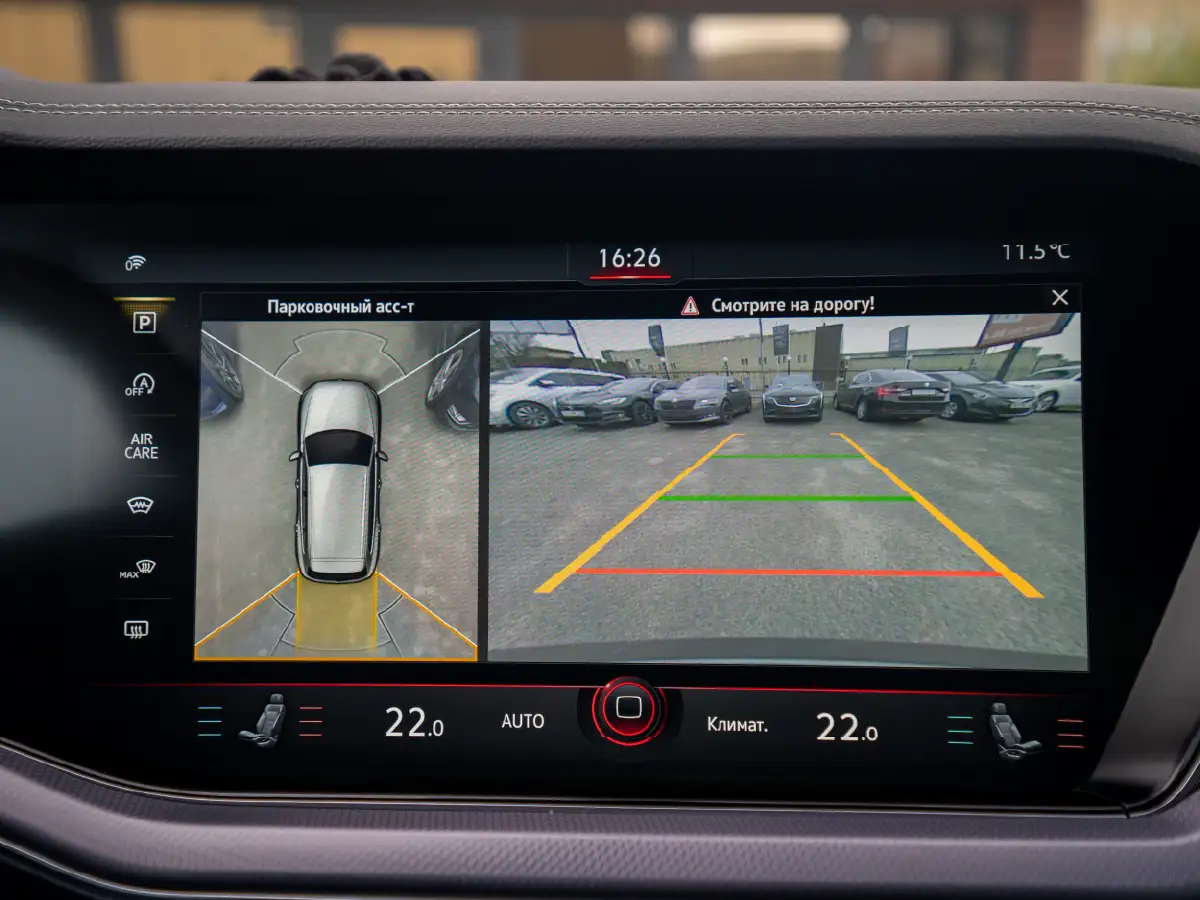
Yes, you can install a 360 degree camera in an older car. Even if your car didn’t come with a factory-installed system, several aftermarket brands now offer high-quality 360 degree camera kits. These kits come with four cameras, a control unit, and wiring to connect to your infotainment screen.
Installation takes about a day and should be done at a trusted car accessory shop. Make sure the cameras are aligned correctly and that the display unit is properly synced with your steering and gear inputs. A poorly installed system won’t give the same clarity or stitching quality as factory systems.
Aftermarket systems may not look as seamless as built-in ones, but they still do the job. Prices start from around ₹12,000 and go up to ₹30,000 depending on quality. If you plan to keep your car for a few more years, investing in this car camera upgrade makes sense for safety and ease of driving.
Difference Between a Reversing Camera and a 360 Degree Camera
A reversing camera shows you only the back of your car. It usually activates when you shift to reverse gear and helps you see what’s directly behind you. It’s useful, but limited. You can’t see the sides or front of the car, which leaves blind spots.
A 360-degree camera gives you a full view. You see the front, rear, and both sides of the car at once. This helps in more situations, like tight parking, driving past close objects, or squeezing between two cars. Think of it as an upgrade over a regular reverse camera.
If your car already has a reverse camera, that’s great. But if you often drive in busy areas, park in tight spaces, or feel nervous in traffic, upgrading to a 360 degree car camera gives you more peace of mind.
Safety Benefits of a 360 Degree Camera
The biggest benefit is better awareness. You know exactly what’s around your car before making a move. This lowers the chances of hitting pedestrians, animals, or objects that your mirrors can’t catch. It also reduces stress while parking or turning in narrow spaces.
For beginner drivers, it offers confidence. You don’t have to rely only on judgment or instinct. The camera helps guide your every move, making you feel more in control. And for parents, it adds safety when driving with kids in unpredictable city traffic.
It’s not just about avoiding dents or scratches. A good 360 degree car camera system helps prevent accidents. In many real-world cases, drivers have avoided collisions because they saw a bike or child in the view before it was too late. That’s the kind of practical safety that matters every single day.
Limitations of 360 Degree Camera Systems
While they’re helpful, 360-degree cameras aren’t perfect. The image quality in budget models may not be very sharp, especially at night. Rain or dirt on the lens can also blur the view. So you still need to stay alert and check mirrors.
Sometimes, the software that stitches the camera feeds can lag or show small delays. In traffic, those few seconds matter. Also, in very crowded or fast-moving environments, you may not get time to look at the screen and act immediately.
That said, most of these limitations are minor and can be managed by regular cleaning, software updates, and using the system as an aid, not as a replacement for good driving habits. The more premium the system, the fewer issues you’re likely to face.
Future of 360 Degree Cameras in Indian Cars
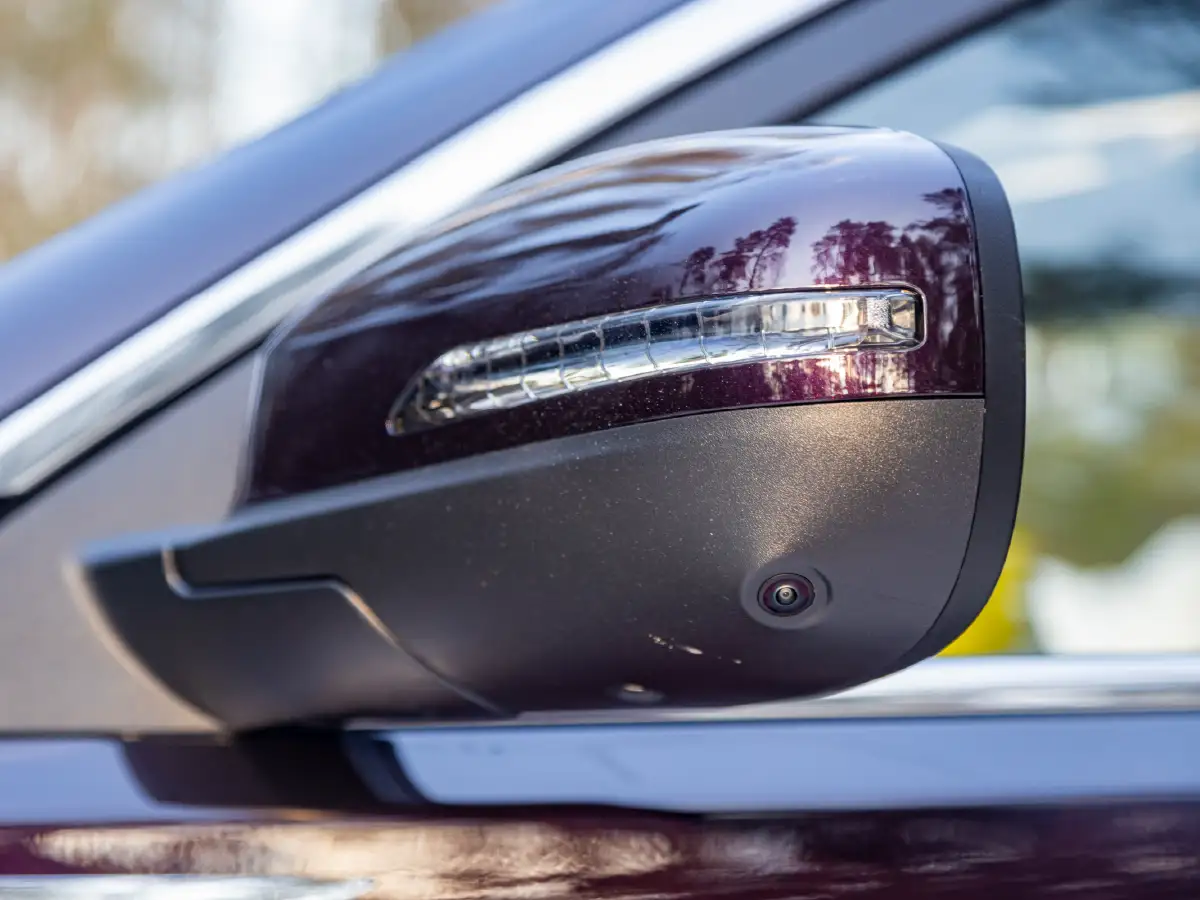
As technology gets cheaper, expect to see 360-degree cameras in more affordable cars. In 2025 and beyond, even mid-range hatchbacks and compact sedans may offer this feature. Carmakers know Indian buyers want more safety, and this system is easy to include.
We may also see better versions of the 360-degree camera. Some new cars already offer 3D view modes, adaptive angles, and AI-assisted parking. These features will improve over time, making car cameras even more powerful and accurate.
Eventually, 360 degree cameras could work with autonomous features like auto-parking or lane-change assist. But even today, they offer solid value for the average Indian driver who wants comfort and safety every time they hit the road.
Conclusion
The 360 degree camera has quietly become one of the most useful features in Indian cars today. It helps you park better, drive safer, and avoid those small accidents that lead to big repair bills. Whether you drive in a crowded city or navigate narrow lanes in small towns, this car camera system offers real benefits.
You don’t have to drive a luxury car to enjoy this feature anymore. Brands are offering it in SUVs, sedans, and even hatchbacks. And if your car doesn’t have it, you can install an aftermarket one easily. In a country where driving conditions are unpredictable, this extra visibility can make all the difference.
Frequently Asked Questions
Expand all